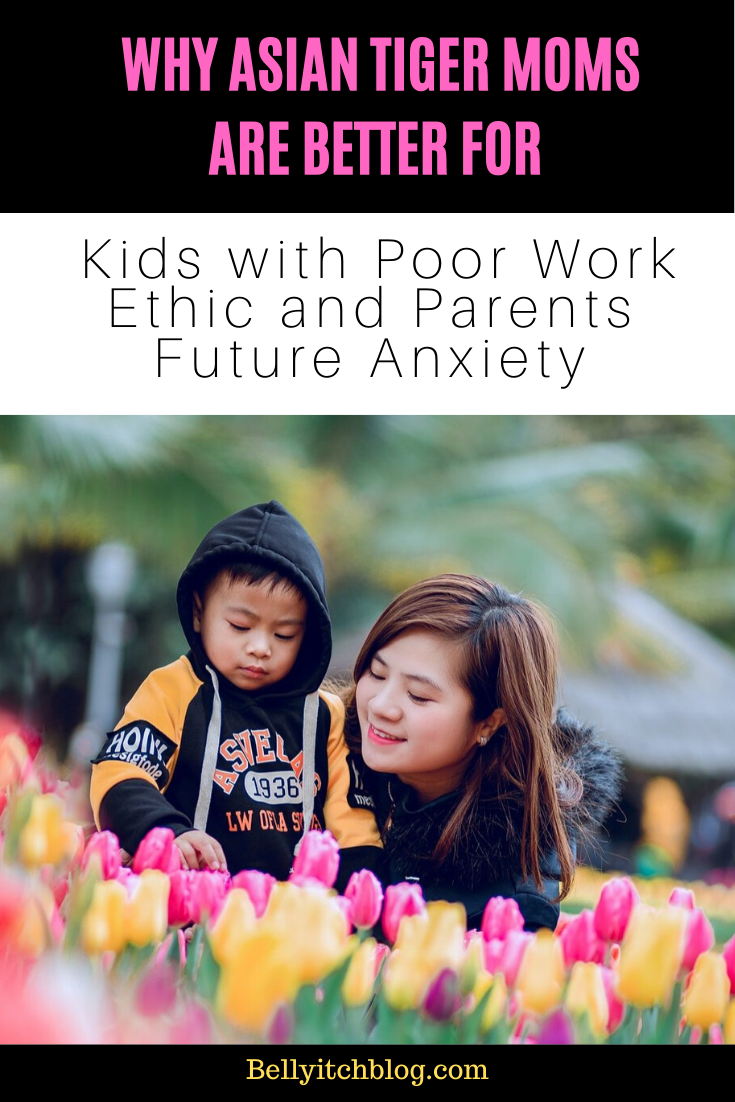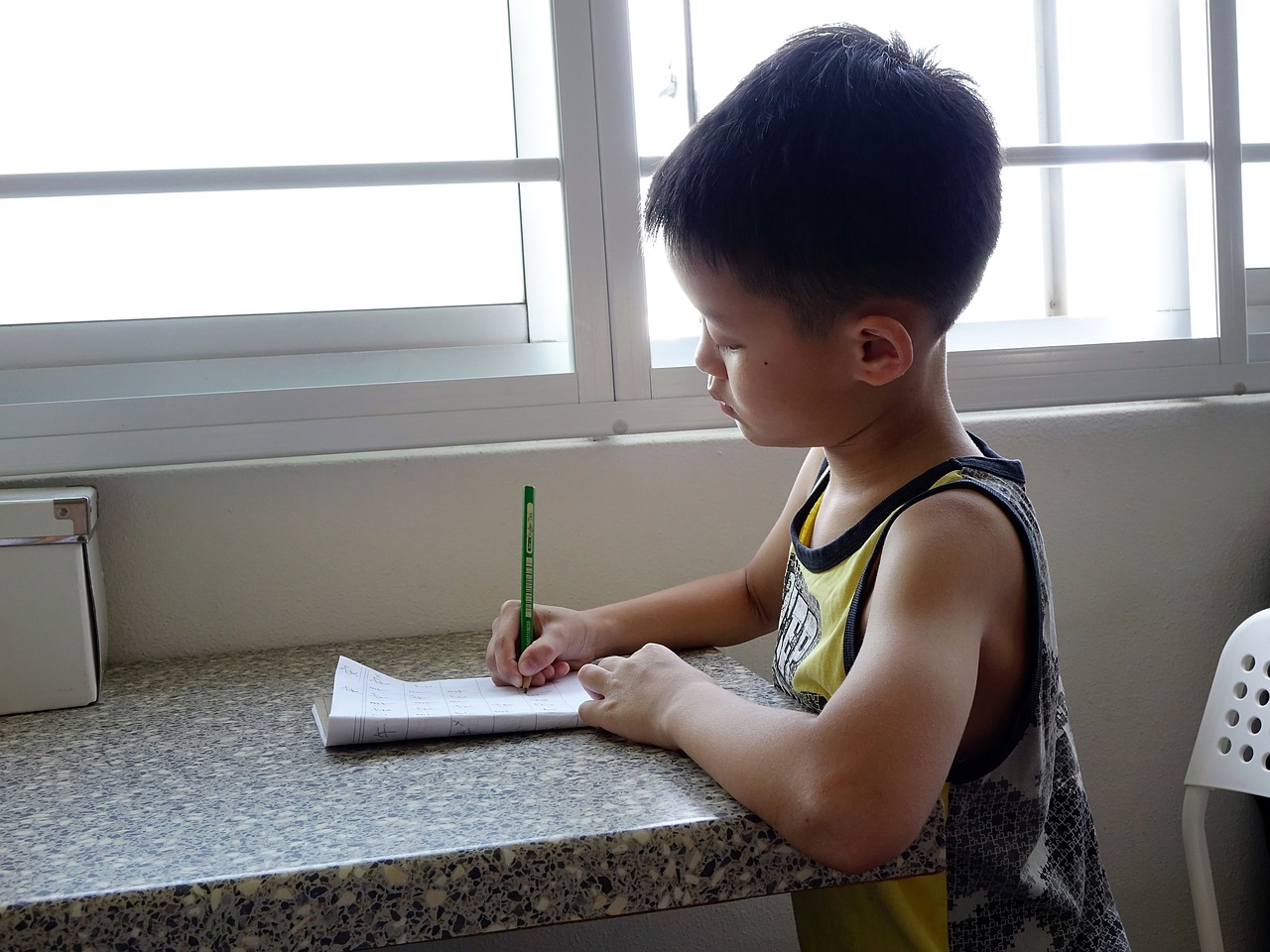Because America focuses on the individual and lays the burden to educate its school children squarely on shoulders of school systems and teachers may be the cause for pervasive mediocrity among its students compared to other industrialized nations.
So says social scientist and researcher Cornelius Grove in his latest book “The Drive to Learn: What the East Asian Experience Tells Us about Raising Students Who Excel” which I received this Summer complimentary in exchange for an honest review.
It took me quite some time to get through it because of life’s interruptions but also because it is tremendously densely packed with information, data, anecdotes and references that I wanted to make sure I took a comprehensive approach to digesting all of its contents before writing this review. Also, I am very interested in education and the process of raising quality children. The Sociology of child-raising is a fascinating topic to me.
Admittedly, from reading the front and back cover, I expected the book to a “bashfest” of the American education system and American children interwoven through passages levying laudatory praise of East Asian schools and kids.
It was not that really. Moreso, Grove examines various aspects of learning in the two cultures in an attempt to dissect what makes them so different.
America is an individualized society while China and Japan are Communitarian. While America focuses on the build up of the individual and self, East Asian cultures strive to develop a sense of being part of a larger community.
Different Priorities
The long and short of it is that the fundamental differences between American and Asian parents and education is that Americans aim to create “well-rounded” students. As such, schools offer a wide range of courses and extracurricular activities, including a variety of sports.
That’s not the goal of East Asian parents whose top priorities is mastery of the subjects taught in school as compared to American-style parenting that puts the top priority on growing children that are independent, creative, mentally sharp, popular among peers, physically robust, involved in their community and academic proficient.
The East Asian parent puts his/her focus on making sure their child masters topics, and grows children to be community focused and driven to fit inside the realm of expectations in the family unit and much of that effort is spent from early childhood through high school.
American parents pull back during primary years, leaving the educating up to teachers and schools. US middle class parents expect their schools to do their thing to help their child learn, whereas Asian parents are very active during this time, not relying on the school to educate their child alone. Because they are so involved in their child’s early years, by the time their children get to high school, they have developed the study habits to succeed and East Asian parents feel comfortable loosening their reigns and confident their child will do well.
Meanwhile, around this time is when American parents step back into active parenting, mainly because they see the impact of peer pressure and want to get ahead of the social stresses of adolescence. This is when American parents are hounding their kids to study more or better, to cut off the distractions of music, video games, peers, and TV, and to try to instill good work ethic in their children.
It’s kinda too late by then, Grove seemingly suggests through his writing.
East Asian parents, Grove’s research shows, pay more attention to their children’s education, sacrifice more and involve themselves in their children’s studying early on. This sometimes would involve reading the same book their child is reading to make sure they understand.
High Standards
The book also emphasizes the fact that Asian parents set very high expectations for their child’s academic performance and maintain those standards throughout their school years. They coach, they allow a child’s self-esteem to grow without using verbal flattery to extrinsically inflate or maintain this self esteem. In other words, there is little room for “participation” prizes.
Because the high standards are set so high, Grove’s data states, the East Asian child realizes that s/he is responsible for learning and expected to learn. The family and child have the burden not so much the school, teachers or school systems as it is in America. Because the family bears the duty, they must explore different options, tutors, online learning, and finding any other tools necessary to ensure the child masters the subject. They do what is necessary and do not blame the schools or school system for a child failing to learn.
The Conclusion
This book got me thinking of criticism that is levied on East Asian parenting by some Americans who may believe it is too strict, while perhaps pointing to over-stressed children and teens from that part of the world who fight hard to meet up to their parents’ high expectations, only to later have emotional and other physical reactions to failure. It’s not healthy and not something parents here really aspire to.
Grove’s suggestion by the end of the book: if this is the conclusion, then we as Americans must not espouse the opinion that East Asian children are smarter than American kids. Instead, we need to accept what makes kids from that culture different is that the approach to learning, the role of the family in ensuring learning and the classroom models in East Asia are created and set up to mold children that perform better academically, not because they are smarter per se.
My Personal Take-Away
I can certainly relate to the East Asian parenting style and feel my and my husband’s parenting style is a nice mix or blend of both. When my daughter’s class was reading one of the books from the Chronicles of Narnia, I got myself a copy so I could keep up. My husband would also read what my son was reading in literature so he could keep up.
Together, we set very high expectations of excellence for our three children (ages 15, 12 and 9) and are actively involved in helping them reach those goals. We are both active participants in their learning all year round, including Summer time. I’ve done it from birth, purchasing toys that help develop their foreign language synapses in their brain, and investing in things like Baby Einstein and My Baby Can Read, which I credit with giving my kids a head start.
And it continued through their school-age years. I take the kids to the library after school to make sure they get their homework done because there are so many distractions once they get home. I sit there with them as they do their homework and am on hand to answer questions. I help my eldest come up with a study plan or a plan to complete a project. I’m that one who handles the literature and humanities.
My husband, a Patent Engineer and Patent Attorney by trade and degree, is in charge of math and sciences. He gives our kids extra problems from the internet to do and uses online platforms like IXL Mathto keep them sharp and sometimes ahead of their class or grade so they don’t ever fall behind.
As a result of this active parenting, our two youngest get all As and the eldest, who has some executive functioning issues he’s working with, also finally landed on the Honor Roll but only with our active involvement.
But we still believe whole-heartedly in the value of being a well-rounded individual and giving children choice at some point.
There doesn’t seem to be a conclusion to The Drive to Learn book. I found it a very interesting introspective look into what went into complex and thorough research on the different parenting styles.
I’m happy there were no out right conclusions stating that one parenting style is better than the other. However, I did ascertain some changes that American parents who are interested in getting their children to achieve academically may want to start doing, including things they need to do a little bit differently and starting from very early in a child’s life.
What to Do As an American to Draw that Drive to Learn Out Of Your Child?
Here are the 7 things I figured out you must do from reading this book:
First, instill in your child that s/he is responsible for his learning and to accept that you, the parent, will coach and train them through their learning, collaboratively, side-by-side, making sure they absorb new information and stretch their mind to master it.
Second, as a parent, step in, when appropriate to model correct actions and help shape the child’s mastery and learning. Don’t leave it up to them to figure it out.
Third, be prepared to put academics over team sports or social activity.
Fourth, abandon giving out participation praise for trying.
Fifth, be prepared to intervene when a child fails or struggles to understand a topic. Give him praise when he does well but work harder and focus more on overcoming failures.
Sixth, let your child know that you are confident they can master any topic and show them how to do it, without any hesitation of whether they will be able to master it. Drill in your child the fundamentals of how things work so s/he is fully able to absorb the other mechanics of it.
Seventh, let your child know that the goal is mastery not competency or proficiency ergo, the target is “A”.
It’s not for everyone, I agree, but the book does provide some insightful anecdotes, research, data and resources for where to go for more information. If anything, I’d say Drive to Learn is an excellent launch pad for the next step. What that is depends on who is reading and what they are searching for. Get it today at Amazon for $50 hardback, $25 paperback or $19.96 on Kindle.








